20 Website Optimisation Strategies for Small Businesses
Your website isn’t just there for visitors to read or view your products; it’s there for your business. When designing a strategy for small businesses, your website optimisation approach shouldn’t be different from what you do for big companies.
There’s one common theme among small business owners: growth. Every business owner wants to grow. In fact, the top goal of every business owner should be to grow their business. But how do they go about growing their business? And how do you go about increasing your website traffic and getting more customers to buy from you?
This is a quick and easy guide to setting up your website optimisation strategies for maximum SEO and ensuring that it’s high-quality content, which is the key to achieving long term organic traffic growth.
Table of Contents
1 – Find your competition’s weaknesses
In competitive intelligence, we talk about finding the weaknesses of our competitors’ businesses. This is an easy way to differentiate yourself and find a unique angle on your market. But, keep in mind a few things: Don’t rely solely on competitive intelligence as your guide to market differentiation.
The idea of “what’s wrong with our business?” is a bit of a dangerous game to play, as the answer could be “nothing.” Instead, think about what’s right with your company and how you can offer something different.
When it comes to selling, people’s major mistake is focusing on what their competition is doing wrong instead of what they’re doing right.
Instead of focusing on what you’re not doing, focus on what you are doing well.
- Why are you doing what you’re doing?
- What’s unique about you?
- What makes your products and services better than anything else on the market?
If you can answer these questions, you can build a solid foundation for success.
2 – Understand why people are buying

Why are they buying? The answer may surprise you. The answer might be something like, “I bought this product because I need it.” Or, “I bought this because I believe it’s the best.” Maybe it’s something else entirely: “I bought this product because I love my kids.”
Understanding the why behind people’s decisions helps you understand the next steps.
People aren’t always buying because of price or value for money, but rather for emotional reasons. You can help your customers make the best decision and move them towards purchasing your products by looking closely at why they’re buying.
A recent study showed that the average online shopper is more likely to click on links or ads that include an offer and more likely to purchase if they feel emotionally connected to the brand they’re interacting with.
Similarly, another study found that consumers who feel a strong emotional connection to a brand are more likely to click on an ad that includes a call-to-action than those who don’t.
So, when you’re creating a blog post, think about whether you want your audience to leave your blog with a particular emotion, whether it’s love, envy, anger, or gratitude, and then build your blog post around that emotion.
3 – Focus on the customer
One of the first things I look for when developing a website is a strong call to action. A call to action will always be the key to converting someone into a customer and a repeat customer. People don’t want to be sold to; they want to be persuaded.
If you’ve been struggling with your website, take some time to think about the people who are visiting it. If you’re selling a product, there are likely certain things your customers will want or expect from you and your product. Think about these factors when planning the layout of your site and how you can best serve your customers’ needs.
Many online retailers have been redesigning their websites to emphasise the products instead of the retailer to increase sales and customer retention.
This shift in focus is mainly because they often forget the brand when customers come to the website looking for something. We created the brand first, followed by the product or feature. We believe that the best brands are the ones that start with customers in mind, not vice versa.
4 – Measure, measure, measure
In the end, we know that our business is built on a set of numbers. We know what happens when the numbers go up or down. We want to know what the numbers mean and how we can change those numbers to drive growth. This is a significant reason why having access to a solid set of website analytics is essential.
Don’t just use Google Analytics to track your website traffic. Use multiple methods to analyse data and compare results to ensure accuracy.
This means using more than one analytics program, such as Google Analytics, Clicky, HubSpot, and some basic math, to see if they match up.
5 – Use social media to your advantage
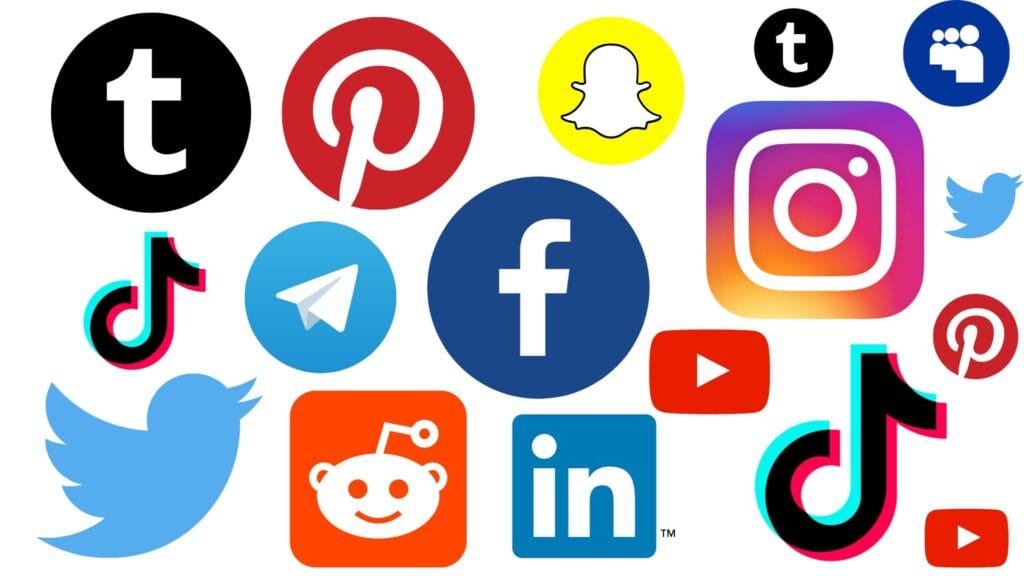
We live in an age where social media is ubiquitous. So how can you use it to your advantage? According to Dan Zarrella, author of The Science of SEO, you need to focus your efforts on creating and building a reputation that matters.
It would help if you worked on establishing a social media presence that people recognise and appreciate. And it would be best if you worked on building relationships with your audience so that you become the go-to authority in your industry.
Social media can be a double-edged sword for businesses. They’re used to reaching a broad audience. Still, the problem is that while people are watching your videos and listening to your audio content, they’re simultaneously chatting about you with their friends.
The solution: Make sure that what you put out there is exciting and thought-provoking enough to keep people coming back for more.
6 – Keep it simple
I’m all for using complex designs that are eye-catching and innovative. However, if you’re trying to sell products online, your website should always be straightforward, accessible, and easy to navigate.
This means not cluttering your homepage with too many elements or text but instead focusing on a clear call-to-action that encourages visitors to click through and purchase. A good rule of thumb is: if you don’t know how to solve the website’s problem, don’t add it.
If your site design is overly complex or confusing, you’ll lose potential customers. Even the best-designed sites can’t overcome poor usability.
Simple, clean, and easy-to-use is the only kind of design people should expect from you. Designing for humans starts with humanising your message. This means designing for how people behave rather than what they’re supposed to do.
7 – Understand your conversion rate
How many people are converting into paying customers? That’s the first step to understanding how much money you’re losing because of your current design. This is also the most basic data you need to get started.
To find out how many conversions you’re getting, you need to figure out the conversion rate of the visitors who enter your funnel. The conversion rate is simply the percentage of users who convert into paying customers.
The ultimate test of your marketing and advertising efforts is not just whether or not you reach your target audience but whether they convert.
Understanding the conversion rates of each piece of marketing is the key to turning those numbers into sales. It is possible to identify the pieces of marketing that have the highest conversion rates and apply those ideas to all parts of your business.
8 – A/B Test your content and design
One of the most common ways to test your content and design is A/B testing. This involves dividing your content into two pieces, one version with the text and the other without, and then giving one of those two versions a new design.
Once this is done, look at conversion rates between the two versions and whether the new design has affected your conversion rate. The more you experiment, the better you’ll determine what’s working and what isn’t.
When testing out a new site, you can quickly tell if the design is successful or not by checking out traffic to the site. But once you’ve got some content, a simple test is to change the font colour of the page.
If the font colour makes a big difference in how people react to it, you may need to change the font colour of your site, says Denny Knecht, founder of Wistia. It’s a quick way to see if a design is working or not.
9 – Optimise images
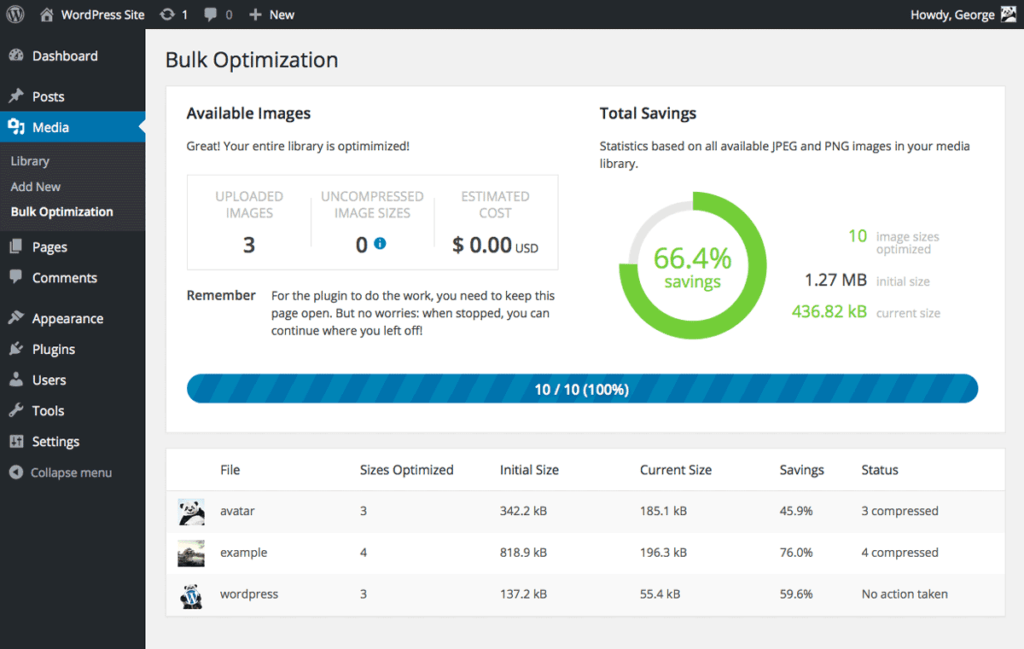
Optimising images is vital for SEO and improving the loading speed of your page. We should note that optimising images on websites is something that you should keep up with regularly, as search engines change their algorithm now and again.
Many people use many images on their website, and they feel like it makes the page look busy and cluttered. But studies show that adding lots of images to your web pages can be counterproductive to getting higher rankings on Google, and you should try to avoid adding any more than 20.
A study by Google found that the quality of your image is essential. So keep that in mind while designing your image. Don’t just throw any photo up there – choose a good looking image to represent your content, and remember that the more text you add, the better your image will appear.
10 – Increase conversions with CTAs
In my experience, if you want to get customers to take action on your landing page, one of the best ways to do so is through a Call To Action (CTA).
Here’s what I mean. Let’s say you want people to subscribe to your email list. You may have several different CTA options on your page, like the image above. They include: signing up for our newsletter, downloading our free ebook, joining our community, and more.
The important thing is that the CTA option you select is clear, simple, and easy to understand. Users will be more likely to complete the action if they understand what they need to do and why they need to do it.
One of the most common questions in eCommerce is whether or not a call to action (CTA) increases conversions. Studies show that this is not always true. While the number of CTA buttons you add may impact your conversion rate, it’s not a sure thing.
There are a lot of other factors that contribute to conversion rates, including how many people click on your site, how compelling your copy is, and how easy it is for people to navigate your site.
11 – Website Optimisation with Google Analytics
If you want to start measuring what’s happening on your site, the first place to look is Google Analytics, which will give you data such as the number of page views, bounce rates, and how long your site takes to load.
But it doesn’t stop there. You can use Google Analytics to learn about your audience.
- What time of day and day of the week are people visiting your website?
- How many are new users, returning users, or regular users?
- How many clicks do your social media sharing buttons get?
- Is there a correlation between traffic and conversion rate?
12 – Increase your conversions by tracking leads and forms
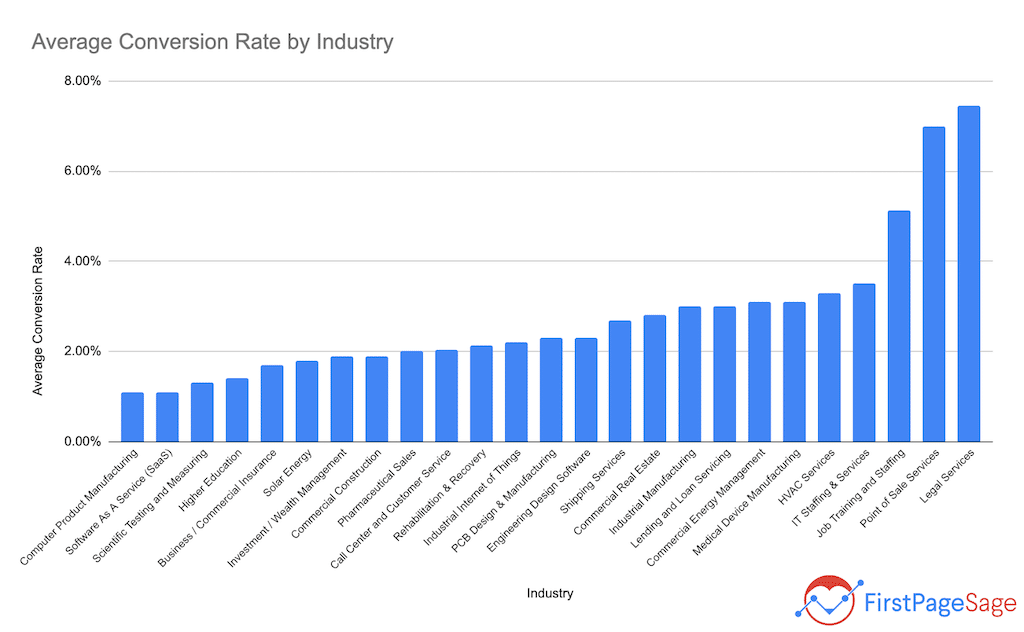
Don’t just assume leads will convert to sales. There are many reasons people don’t buy from you:
- They don’t need your product.
- They don’t know you.
- They don’t know who you are.
- They don’t want to buy now.
So, how do you turn them into customers? One of the easiest ways is to track your leads. You’ll be able to see what channels and messages are getting you the most attention, what words are being used that convert, and what messages are working and not.
It might seem like a no-brainer to follow up on every lead or form you receive, but there are several reasons why you might want to consider leaving it alone.
You might be sending too many messages to customers, and you could get overwhelmed or lose focus. Another reason is that you might be sending too many messages at once, which could confuse your customers and lower your conversion rate. Finally, there’s the concern that many people could become annoyed if they repeatedly get the same emails.
13 – Understand the psychology of your visitors
People visit websites to learn something, and they do so for one of two reasons: curiosity or necessity. A visitor to a website curious about a subject or product may come looking for information because they’re genuinely interested in learning about it.
On the other hand, visitors who feel compelled to purchase something will do so regardless of how informed or uneducated they may be.
When you understand visitors’ psychology to your site and align your content around that knowledge, you can develop a strategy to increase conversion rates on your site.
If visitors are interested in your website, they’ll have specific needs, such as finding the information they need, getting the job done, or solving a problem.
Before you even launch your site, it’s crucial to understand your visitor’s goals for website optimisation. They’ll tell you—you’ll have to listen.
14 – Find out what they want before they buy
At the end of a website conversion funnel, there’s a point where you want visitors to convert to a sale. But the problem is, you may not even know what they need or want yet.
Before getting into the details of a visitor’s steps to purchase a product, what they want is usually the first question you should ask.
This will help you understand who the customers are, their problems, and how you can help them solve those problems. Then, you can provide a solution tailored to the individual.
You want to give a potential customer something they cannot get somewhere else. It’s a classic case of supply and demand: As long as you can supply the item better than competitors, they’ll be forced to buy from you.
That’s why it’s essential to understand your target market well. You’ll know what you’re up against, what they’re looking for, and how to position yourself in the marketplace to capture their business.
15 – Use pop-ups to increase conversions
Pop-up windows are an excellent tool for getting a quick sale. They’re generally a speedy and straightforward way to get someone to respond to a web form or similar. Some pop-ups are a good sales pitch, but others waste visitors’ time.
By using pop-ups on your website, you can increase your conversion rate. Pop-ups help businesses by giving their site a professional look. This is also an excellent place to show off some creative copy.
You can also use pop-ups for lead generation. Pop-ups can help display sales messaging, promotions, and even surveys.
In 2012, a study found that pop-ups accounted for nearly half (47%) of all conversions on mobile websites. The increase in conversion rates from this tactic are many, but they boil down to one simple principle: Pop-ups are a great way to keep the user on your site longer. Because they appear to be interrupting their activity, the user is more likely to click through and complete the desired action.
16 – Increase your sales with Facebook ads
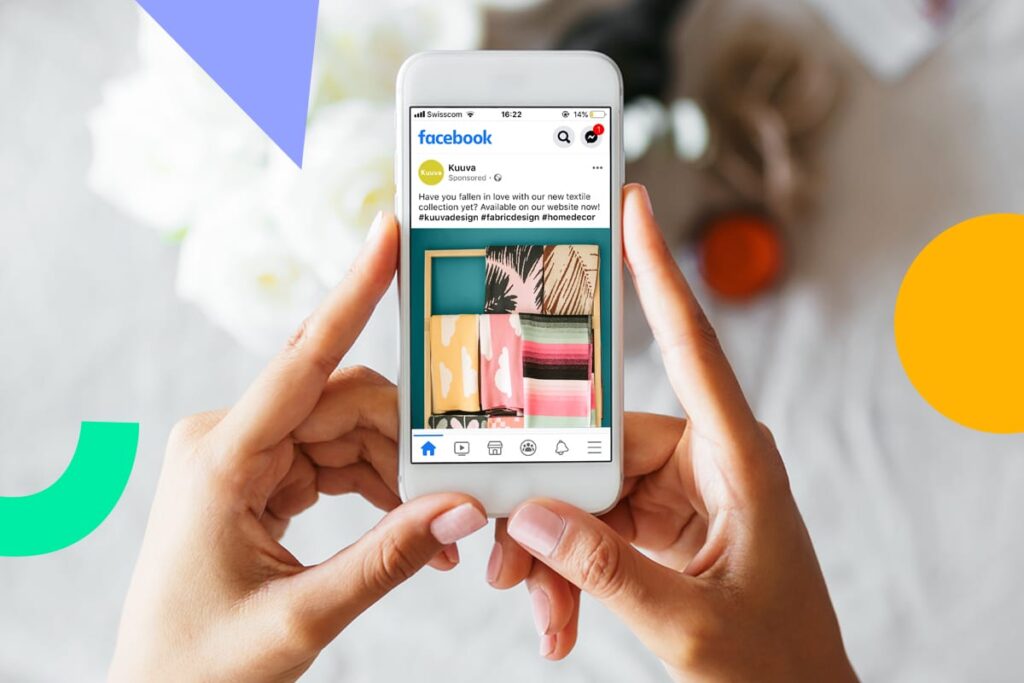
We’ve all heard the horror stories of getting scammed by Facebook ads. However, there are many ways to effectively use Facebook ads to help sell your products and services.
While some marketers opt for Facebook paid advertising, the truth is that most people don’t spend nearly enough time on Facebook (just 9 minutes) to reach the kind of audience size that would make paid advertising worthwhile.
The best example of a company that uses Facebook ads is Amazon.com. In the past few years, Amazon has expanded into the physical world, launching its grocery store, opening a bookstore, and even trying its hand at selling furniture.
Amazon has used their vast experience and data to make decisions to keep its customers coming back for more. Amazon knows exactly what it takes to keep its consumers interested and happy, so its ads are effective.
17 – Make sure your site is mobile responsive
The internet is becoming a genuinely mobile-first world. If you’re not making sure your site is responsive to devices as small as the Apple Watch, you’re missing out on many potential customers.
Responsive design has become table stakes in website optimisation strategy; if you don’t have a responsive site, you limit the number of people who’ll see your content. And if you’re only targeting desktop users, your content may be inaccessible to a vast portion of the people looking for your business.
This may seem like an obvious one, but many websites still don’t meet the standards set out by Google and Bing for mobile browsing.
Even if your business isn’t specifically online, a lack of mobile responsiveness can harm your company in the long run. Mobile-friendly websites are the future, and your company could be missing out on revenue if you aren’t making an effort to stay current.
18 – Reduce bounce rates by removing distractions
One of the essential parts of every landing page is to make sure that the information the user needs is easily accessible and that there is no need for them to click through to another website or page.
To achieve this is to remove any distractions from the landing page. A visitor is likely to move away from a cluttered landing page full of distractions.
To make sure your website is working as hard as it can to convert traffic into leads, you need to make sure it doesn’t distract the visitors who are coming to it.
That means that anything that makes your visitors wait should be removed. You should also ensure that anything that could cause the visitor to lose focus or the main reason for visiting your site is removed.
19 – Improve your site using content marketing
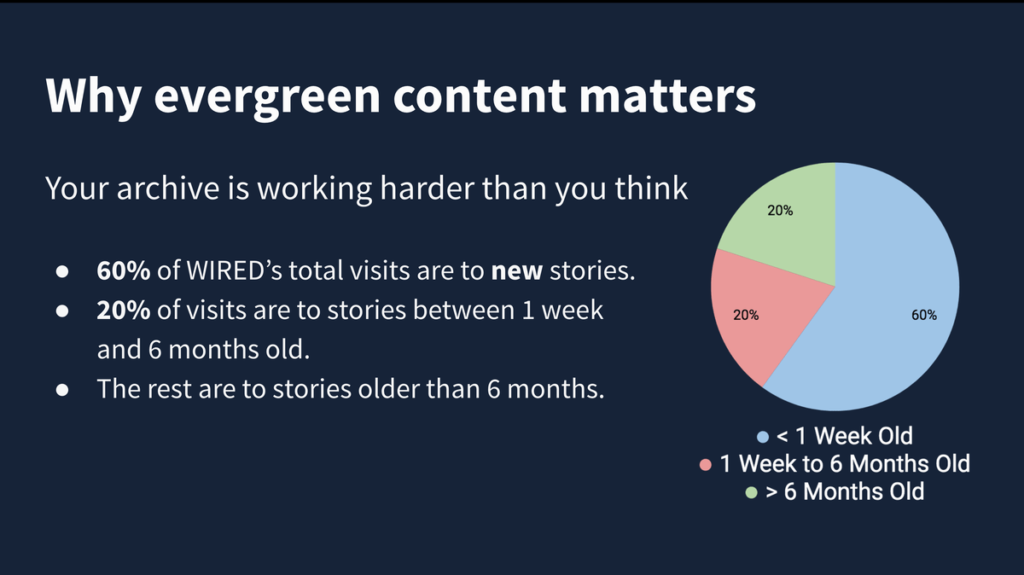
Content marketing is the new marketing method for businesses that want to stay on top of their customers’ minds. This type of marketing involves creating high-quality content on your website and social media accounts. This content should provide value to your audience while educating them about your products or services.
We’ve come a long way since the days of text on a page. As our technology becomes increasingly integrated into our daily lives, we expect to find the information we need on our screens.
Content marketing has changed how companies market to us. This new kind of advertising requires content. The content itself can be written, video, graphics, or some combination of the three. Whatever content you’re producing needs to be consistent across your sites and platforms.
20 – Use testimonials to build trust
Testimonials are one of the best ways to build trust online because consumers rely on them. According to the University of Massachusetts Boston research, 95 per cent of consumers would be more likely to purchase a product based on customer testimonials.
Include them on your website and social media accounts to increase the likelihood that potential buyers will come across your testimonials.
You’ve seen websites with many testimonials—from real people who have used the product or service.
It’s a pretty effective way to build trust in your business because it shows that others have tried your product or service and liked it. What’s excellent about testimonials is that they’re easy to write, and they help your business stand out in the crowd.
Conclusion
In conclusion, we’ve made it through our 20 website optimisation tips. We’ve taken the time to go through everything that has been covered in this article and picked out the 20 most essential pieces of advice for small businesses, all of which will help them in their journey to online success.
The top thing small businesses need to know about web optimisation is that most web traffic comes from organic search. Organic traffic is not something you can easily manipulate and force people to click on your site. It comes from people searching for your niche.
To rank high for those keywords, you need to write a compelling article that attracts people and makes them want to read more. It’s that simple.
Want to grow your business and increase your website traffic? I know it’s not always easy, but these website optimisation tips will help you get there.
